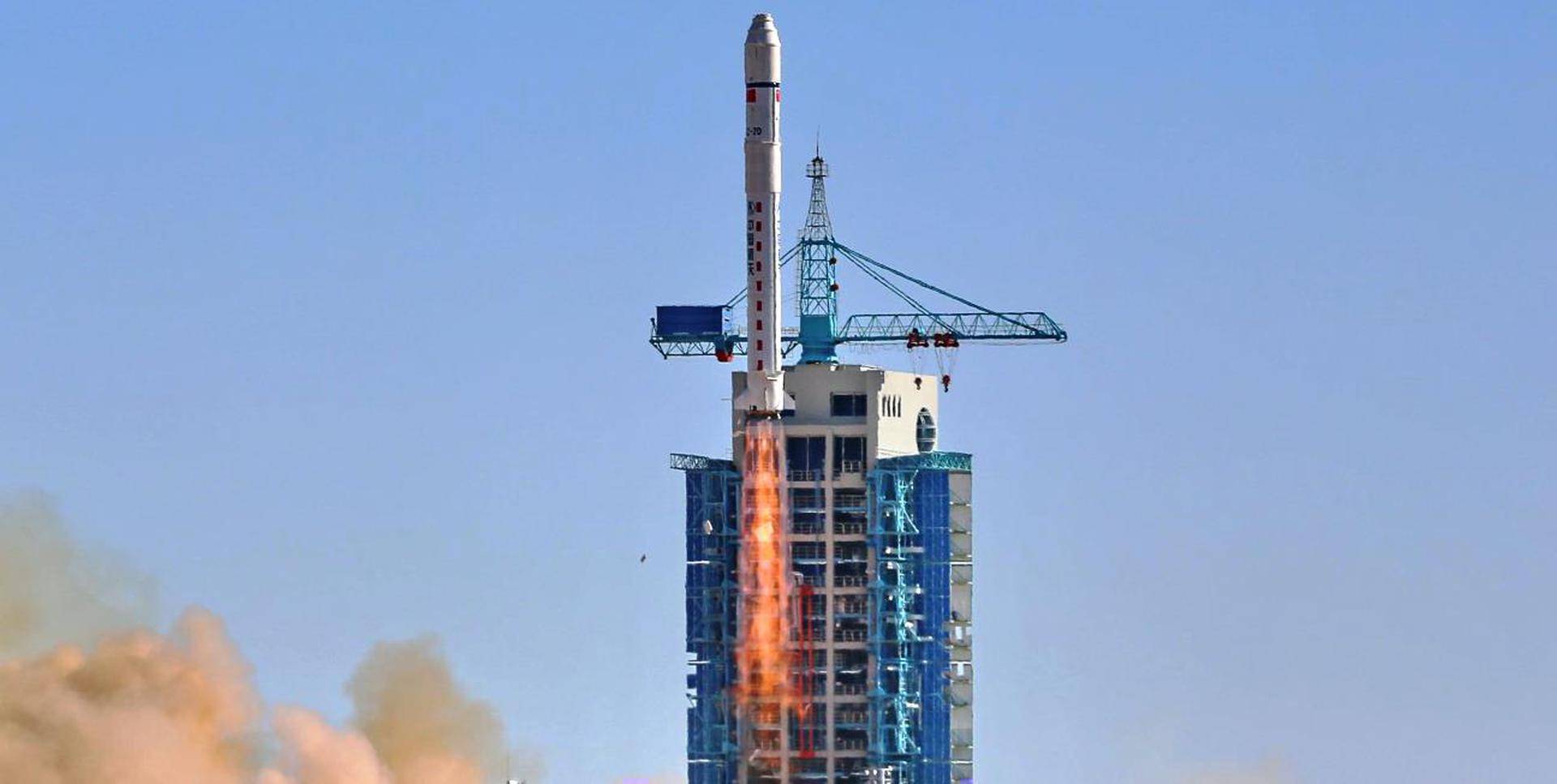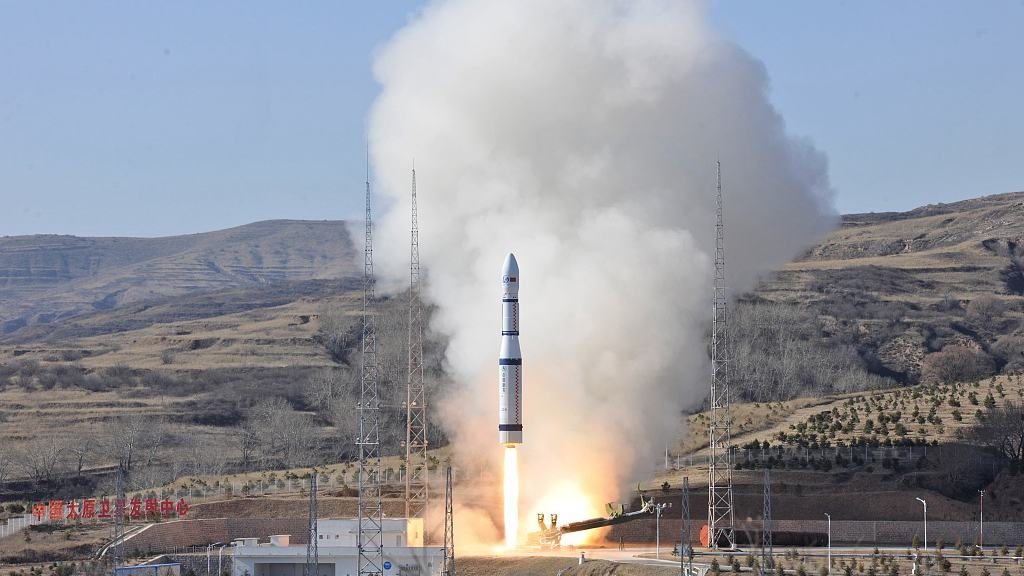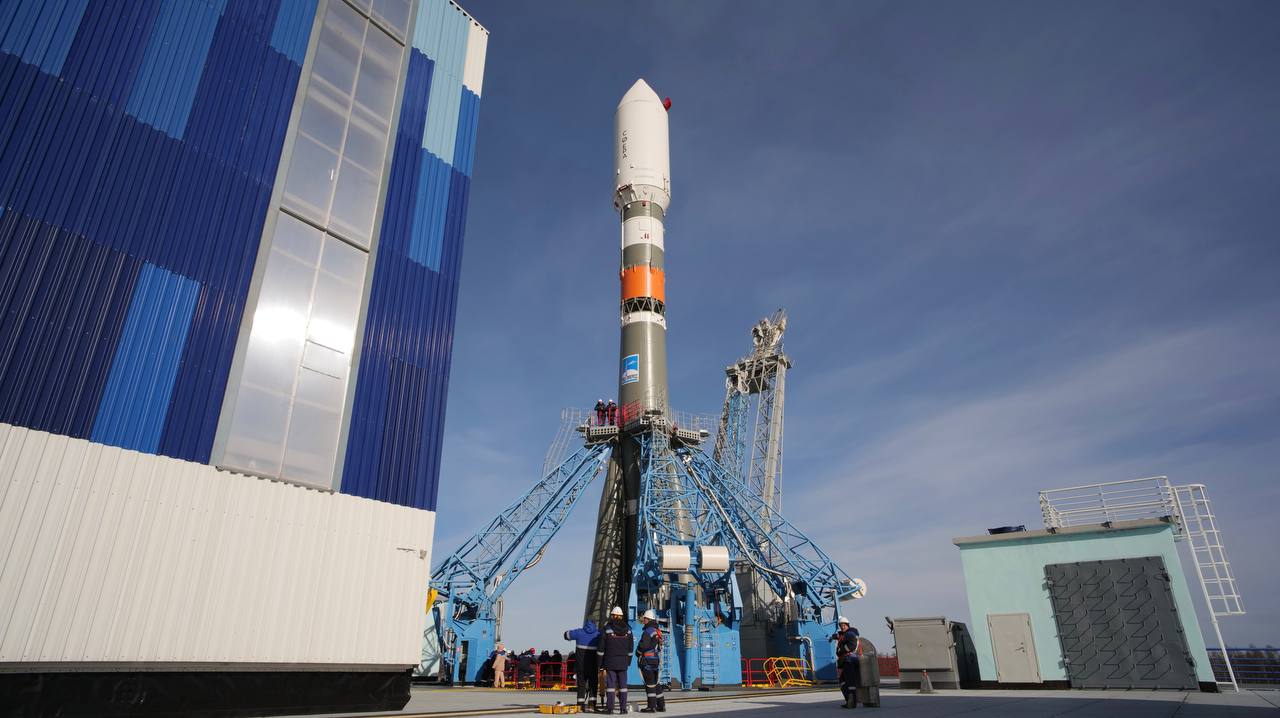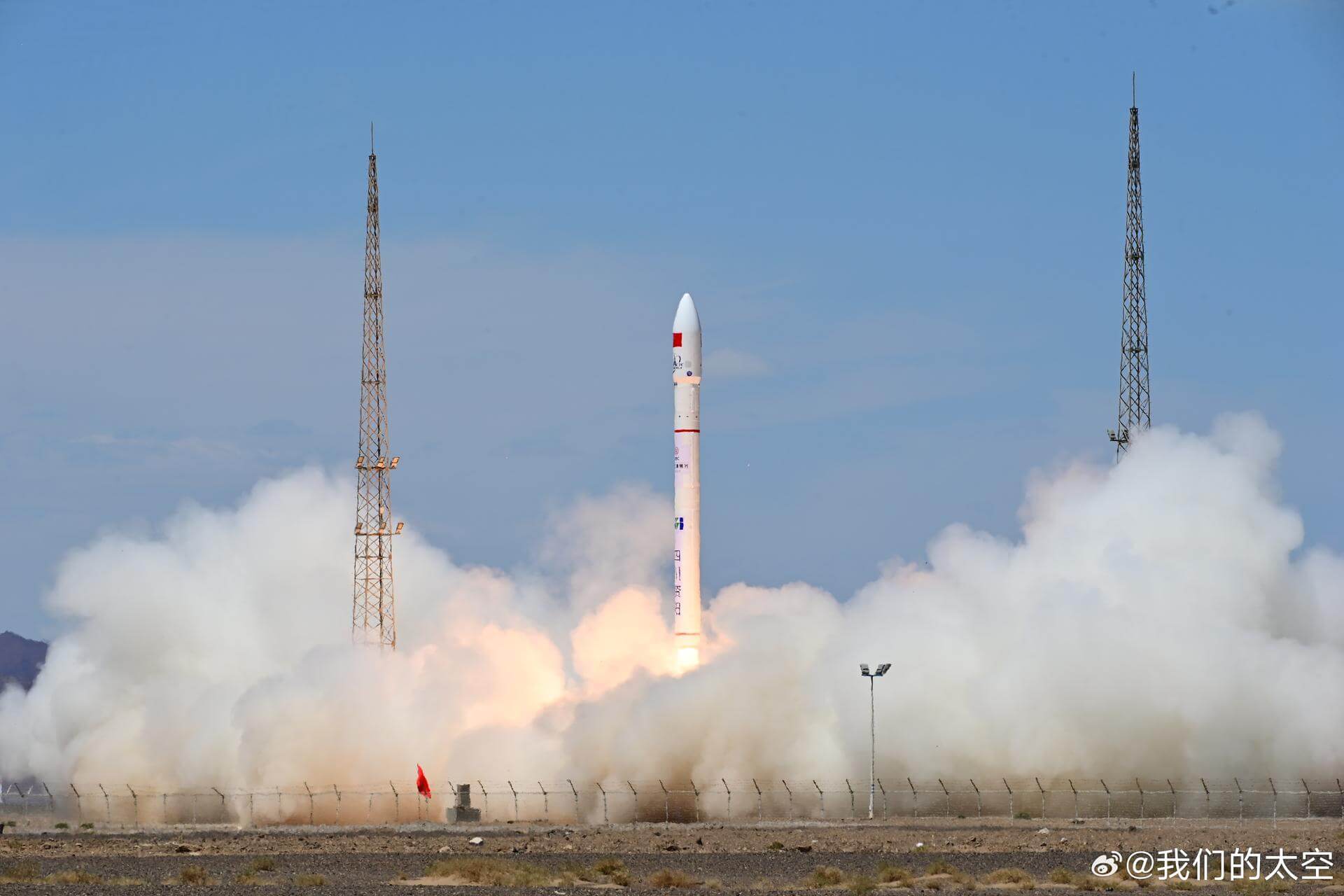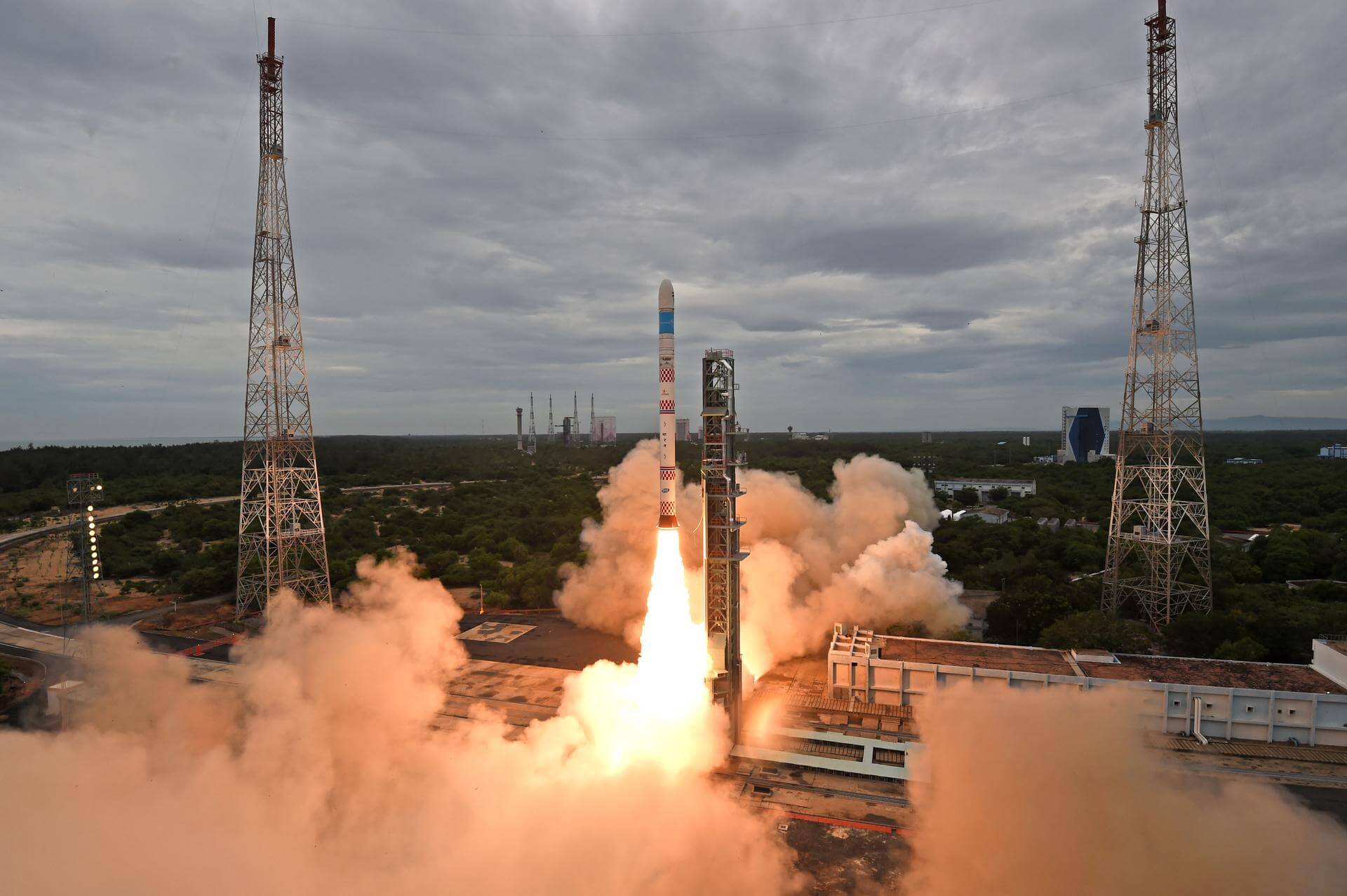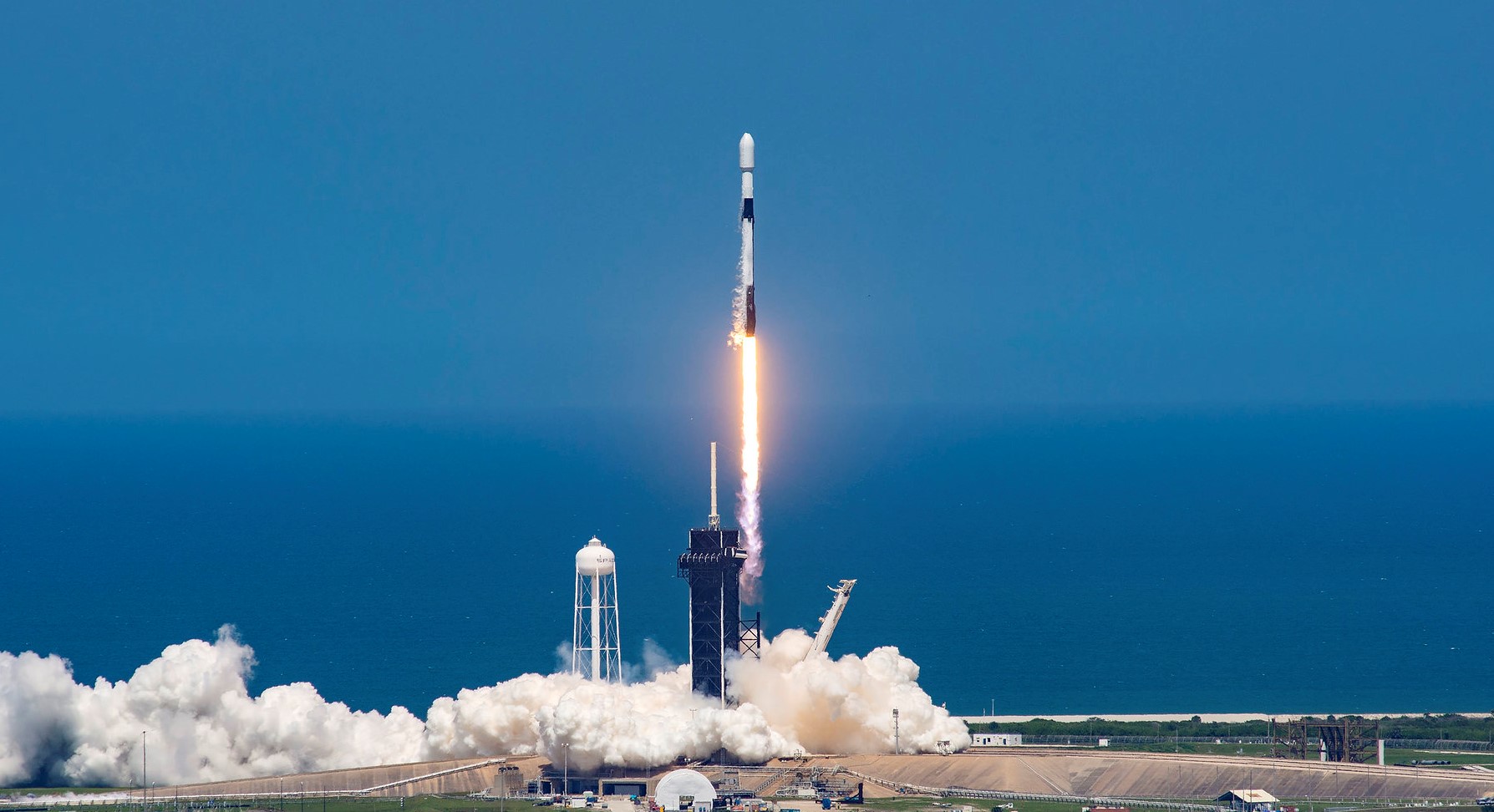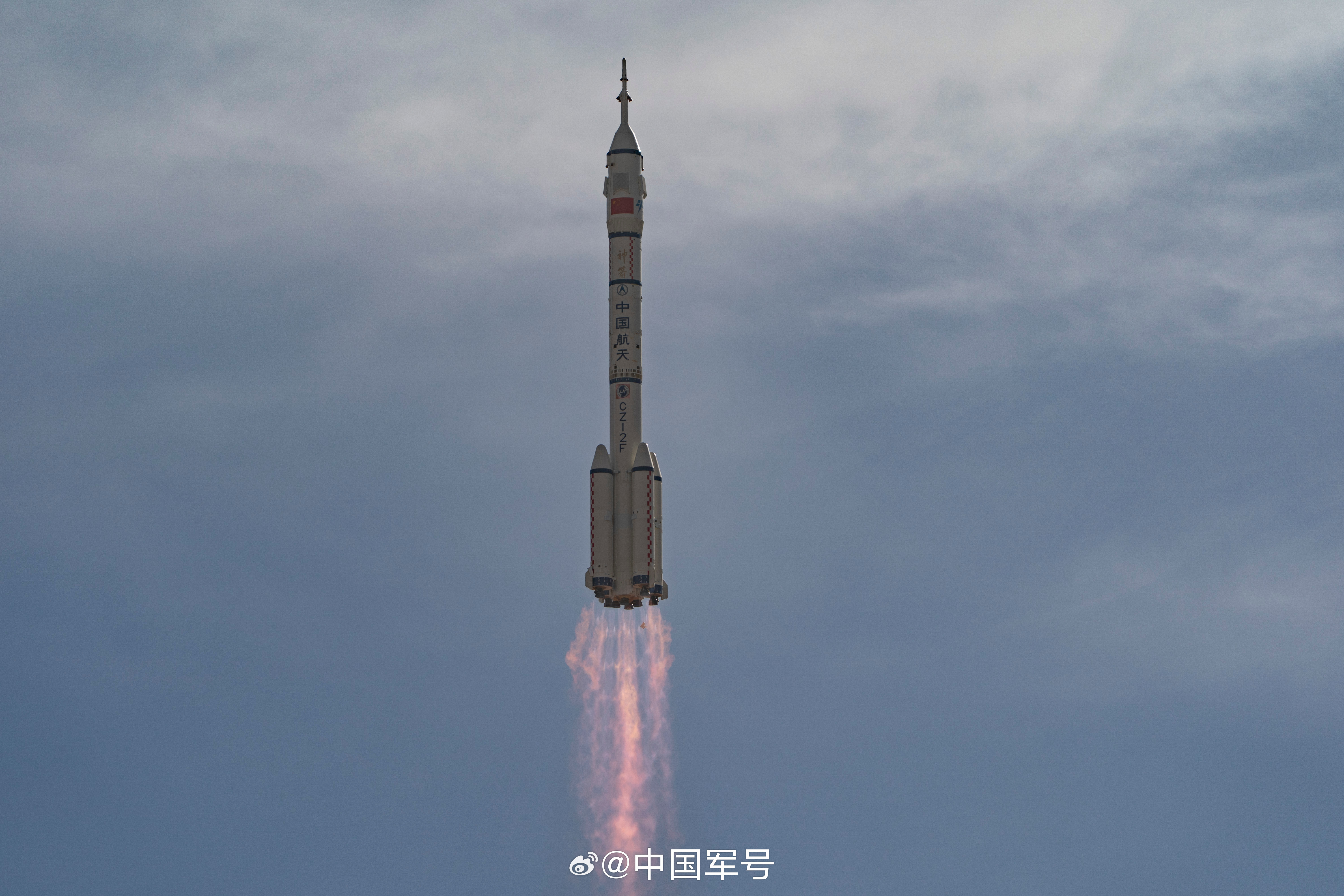Previous Spaceflight Launches
Filter by Agency, Locations or Vehicles
Show All LaunchesFalcon 9 Block 5 | Starlink Group 4-27
SpaceX | United States of AmericaCape Canaveral SFS, FL, USA
Aug. 19, 2022, 7:21 p.m.
Long March 2D | Yaogan 35 Group 04
China Aerospace Science and Technology Corporation | ChinaXichang Satellite Launch Center, People's Republic of China
Aug. 19, 2022, 5:37 p.m.
Falcon 9 Block 5 | Starlink Group 3-3
SpaceX | United States of AmericaVandenberg SFB, CA, USA
Aug. 12, 2022, 9:40 p.m.
Long March 6 | Jilin-1 High Resolution 03D-09, 35 to 43 & Infrared A01 to 06
China Aerospace Science and Technology Corporation | ChinaTaiyuan Satellite Launch Center, People's Republic of China
Aug. 10, 2022, 4:50 a.m.
Falcon 9 Block 5 | Starlink Group 4-26
SpaceX | United States of AmericaKennedy Space Center, FL, USA
Aug. 10, 2022, 2:14 a.m.
Soyuz 2.1b/Fregat-M | Khayyam & rideshare
Progress Rocket Space Center | RussiaBaikonur Cosmodrome, Republic of Kazakhstan
Aug. 9, 2022, 5:52 a.m.
Status: Launch Successful
Mission:
Khayyam, also known as Project 505, is a Russian built Earth observation satellite for Iran. The satellite is built by VNIIEM and NPK Barl on a currently unidentified satellite bus, with resolution reaching < 1 m. 16 Russian cubesats from various institutions/universities are also arranged for launch as secondary payload by Aerospace Capital.
Sun-Synchronous OrbitCeres-1 | Taijing-1-01 & 02
Galactic Energy | ChinaJiuquan Satellite Launch Center, People's Republic of China
Aug. 9, 2022, 4:11 a.m.
SSLV | EOS-02 (Microsat-2A) (Demo 1)
Indian Space Research Organization | IndiaSatish Dhawan Space Centre, India
Aug. 7, 2022, 3:48 a.m.
Falcon 9 Block 5 | Danuri (KPLO - Korean Pathfinder Lunar Orbiter)
SpaceX | United States of AmericaCape Canaveral SFS, FL, USA
Aug. 4, 2022, 11:08 p.m.
Long March 2F/G | Chinese Reusable Space Vehicle
China Aerospace Science and Technology Corporation | ChinaJiuquan Satellite Launch Center, People's Republic of China
Aug. 4, 2022, 4 p.m.

